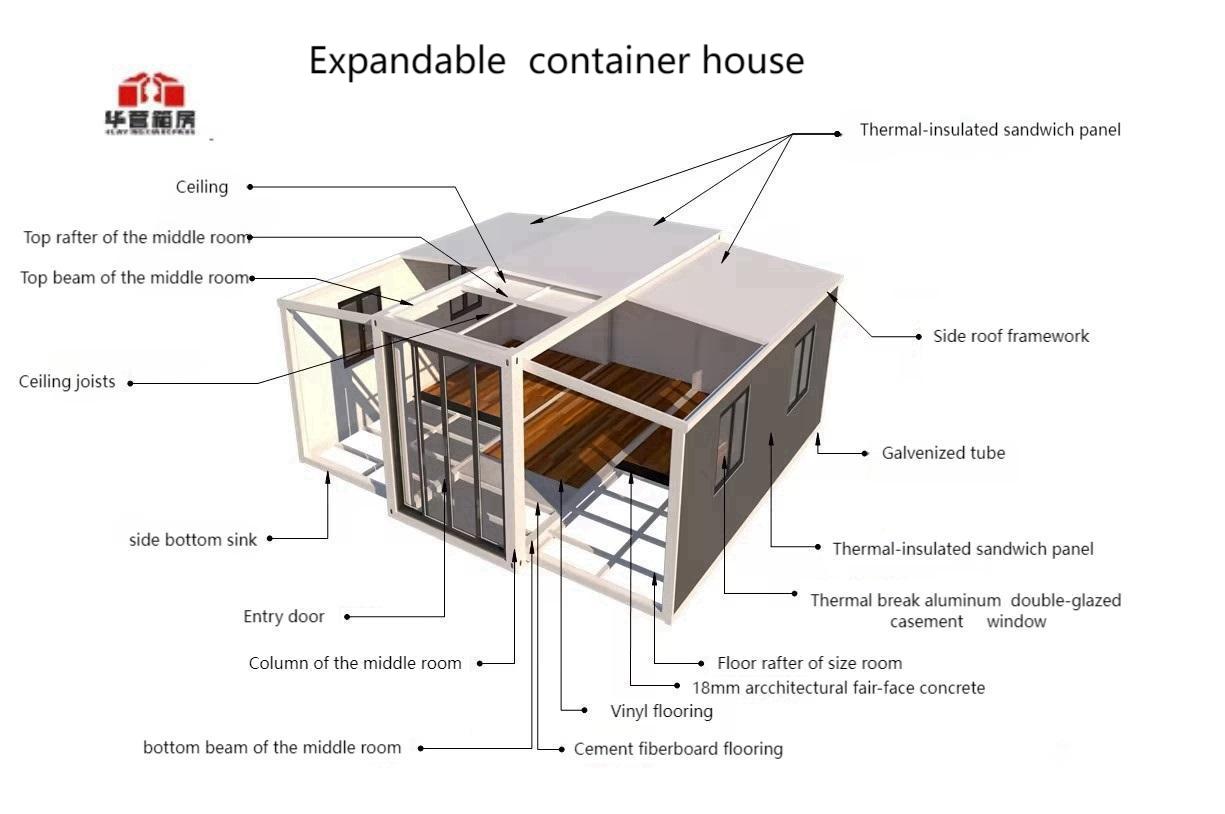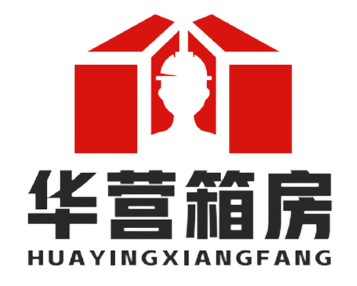Discover how cabin houses revolutionize affordable living with rapid installation, sustainable designs, and versatile applications. This comprehensive guide covers structural advantages, installation processes, and why prefab cabins are ideal for vacations, remote work, or permanent residences.
What Exactly is a Cabin House?
Picture this: a cozy, self-contained dwelling that combines rustic charm with modern efficiency. Cabin houses are prefabricated structures designed for quick assembly, typically featuring wood or composite exteriors, smart layouts, and eco-conscious materials. Unlike traditional log cabins requiring months of construction, modern cabin houses leverage factory precision for site installation in days. They’ve evolved from simple wilderness retreats to sophisticated year-round homes, offices, or Airbnb rentals – some under 200 sq ft for minimalists, others spanning 1,000+ sq ft for families.
Why Cabin Houses Are Winning Hearts Worldwide
So what’s fueling the cabin house boom? First: unbeatable affordability. Traditional home construction averages $150-$250/sq ft, while cabin houses cost $50-$120/sq ft – that’s a mountain of savings! Second: eco-warrior credentials. Most use sustainable timber, solar-ready roofs, and superior insulation (R-values up to R-30). Third: location freedom. Whether perched on a cliffside or tucked in your backyard, cabins bypass complex foundations. One family in Colorado installed their cabin on a steep slope where conventional building was impossible – all while staying 30% under budget!
Engineering Marvels: The Anatomy of a Modern Cabin
Don’t mistake simplicity for fragility. Premium cabin houses like Shuangyi’s patented designs feature:

- Dual-wing truss systems: Interlocking beams distribute weight evenly, handling snow loads up to 60 psf
- Thermal-break walls: Multi-layer insulation eliminates cold bridging for 40% energy savings
- Modular connectors: Aircraft-grade aluminum joints enable expansion/reconfiguration
- Integrated utility channels: Pre-routed pathways for seamless plumbing/electrical work
This isn’t your grandpa’s creaky cabin – it’s precision engineering meeting cozy aesthetics.
From Box to Bliss: The 72-Hour Installation Miracle
“But won’t assembly require contractors and chaos?” Nope! Watch how Shuangyi’s cabin systems transform delivery crates into habitable spaces faster than most home renovations:
Your browser does not support the video tag.
The secret? Componentized construction. Walls arrive as pre-insulated panels with installed windows, while floors click together like giant puzzle pieces. No heavy machinery needed – four people can assemble a 400 sq ft cabin in three days. Pro tip: Order during dry seasons to skip foundation curing time!
Real-World Cabin Applications: Beyond Weekend Getaways
Today’s cabin houses wear many hats:
- Urban infill solutions: Backyard offices for remote workers (hello, Zoom-ready acoustic walls!)
- Disaster-relief housing: Philippines deployed 200+ typhoon-resistant cabins with bolt-down bases
- Eco-resorts: Costa Rica’s “Canopy Cabins” generate 110% solar power through integrated panels
- Multi-generational living: Aging parents’ suites with accessibility features
Architectural designer Elena Torres shares: “We’re using cabin modules to create compound homes – connect three units around a central courtyard for under $120k.”
Your Cabin Buying Checklist: 5 Must-Ask Questions
Ready to cabin-shop? Arm yourself with these essentials:
- “What’s included in the base price?” Some quotes exclude insulation or interior finishes
- “Can I customize the floorplan?” Reputable brands offer modular add-ons like lofts or bump-outs
- “What foundation options exist?” Helical piers > concrete slabs for sloped terrain
- “How’s winter performance?” Demand energy modeling reports – look for ≤ 15 kWh/sq ft/year
- “What’s the real timeline?” Factory lead times + shipping + site prep = realistic schedule
Pro insight: Choose manufacturers with in-house engineering teams – they’ll troubleshoot local permit requirements.
The Future is Modular: Why Cabins Outsmart Traditional Homes
As housing costs skyrocket, cabin houses offer a breath of fresh, affordable air. Their factory-controlled construction means near-zero material waste compared to site-built homes’ 30% landfill rate. Maintenance? A simple annual wood treatment versus constant drywall repairs. When life changes, just unbolt and relocate your cabin – try that with a brick-and-mortar house!
Ultimately, cabin living represents freedom: financial flexibility, location independence, and sustainable stewardship. As one cabin owner perfectly stated: “I don’t own a house – my house owns me less.”
